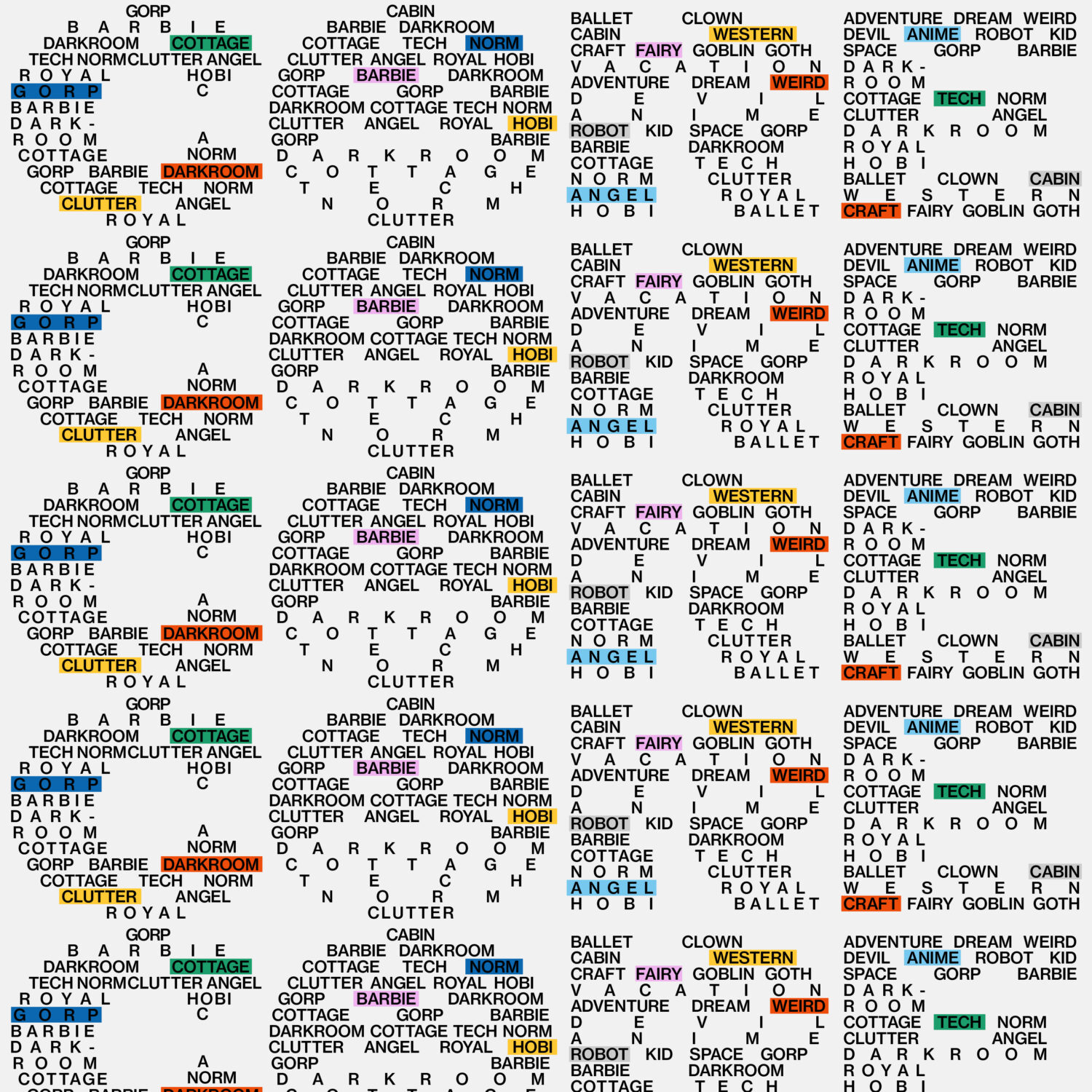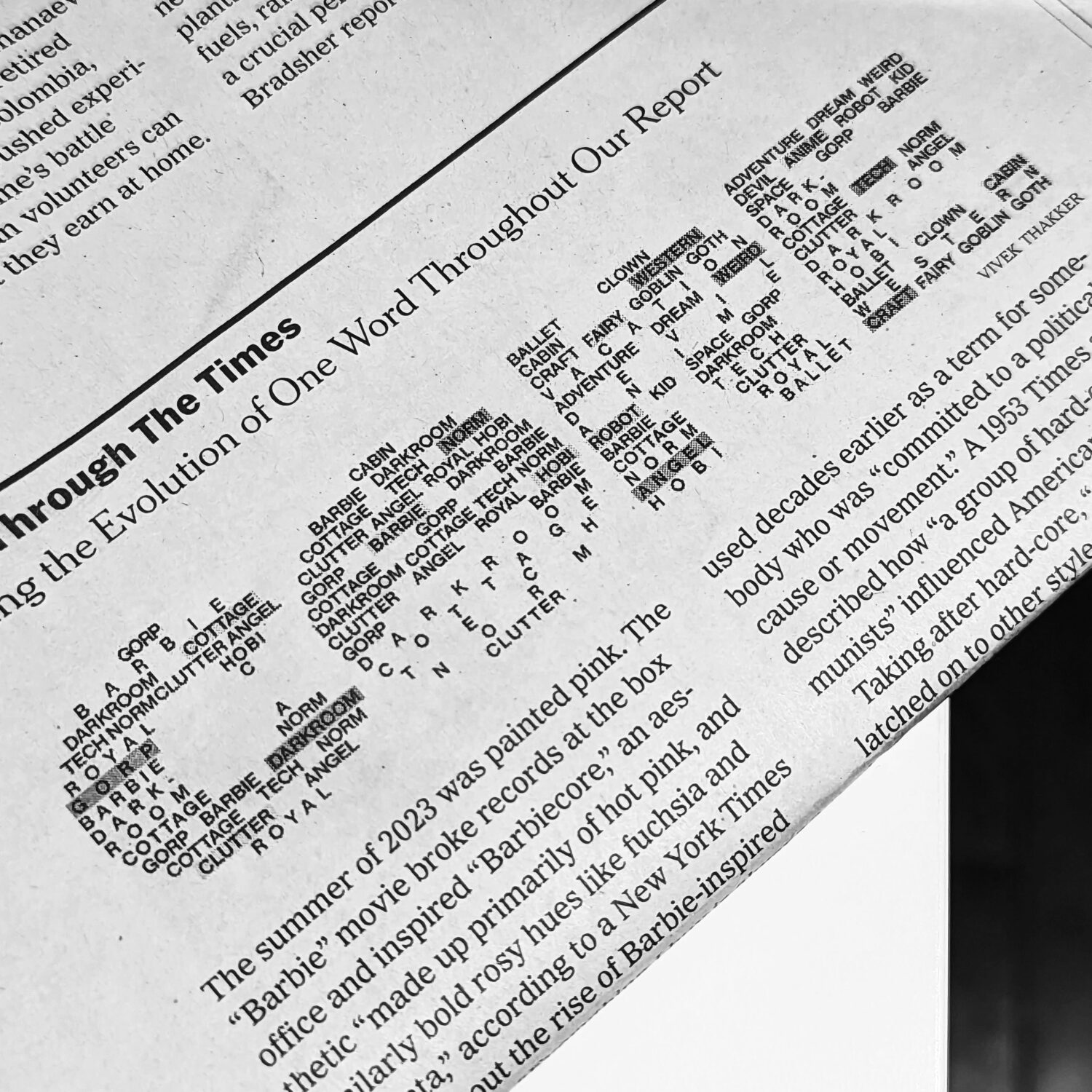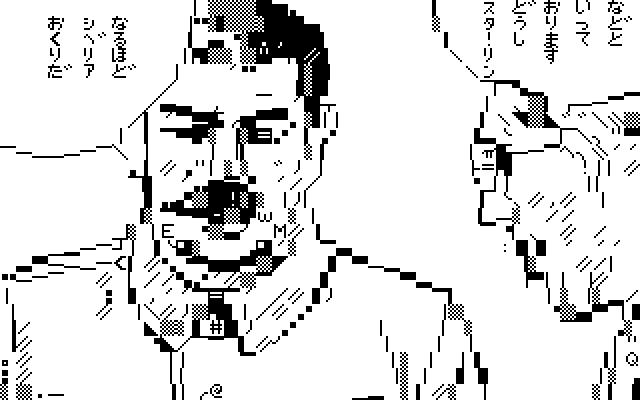Clips from the game カンニング大作戦, released by Hudson for the MZ-80 in the early 1980’s. More posts from the game here.

Nadine (Lady Luck), 1991. Perhaps she is referring to Yvonne Adams?
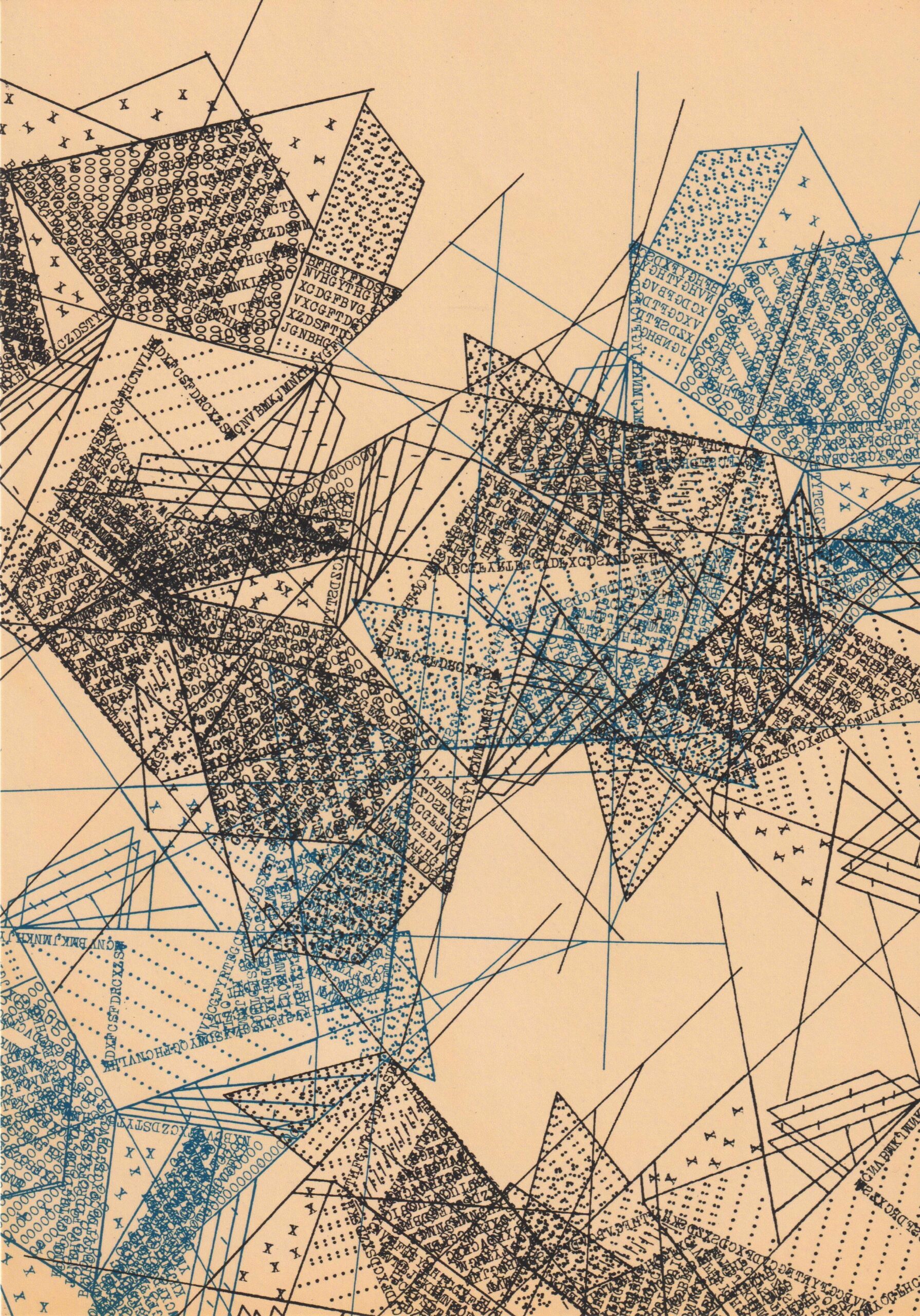
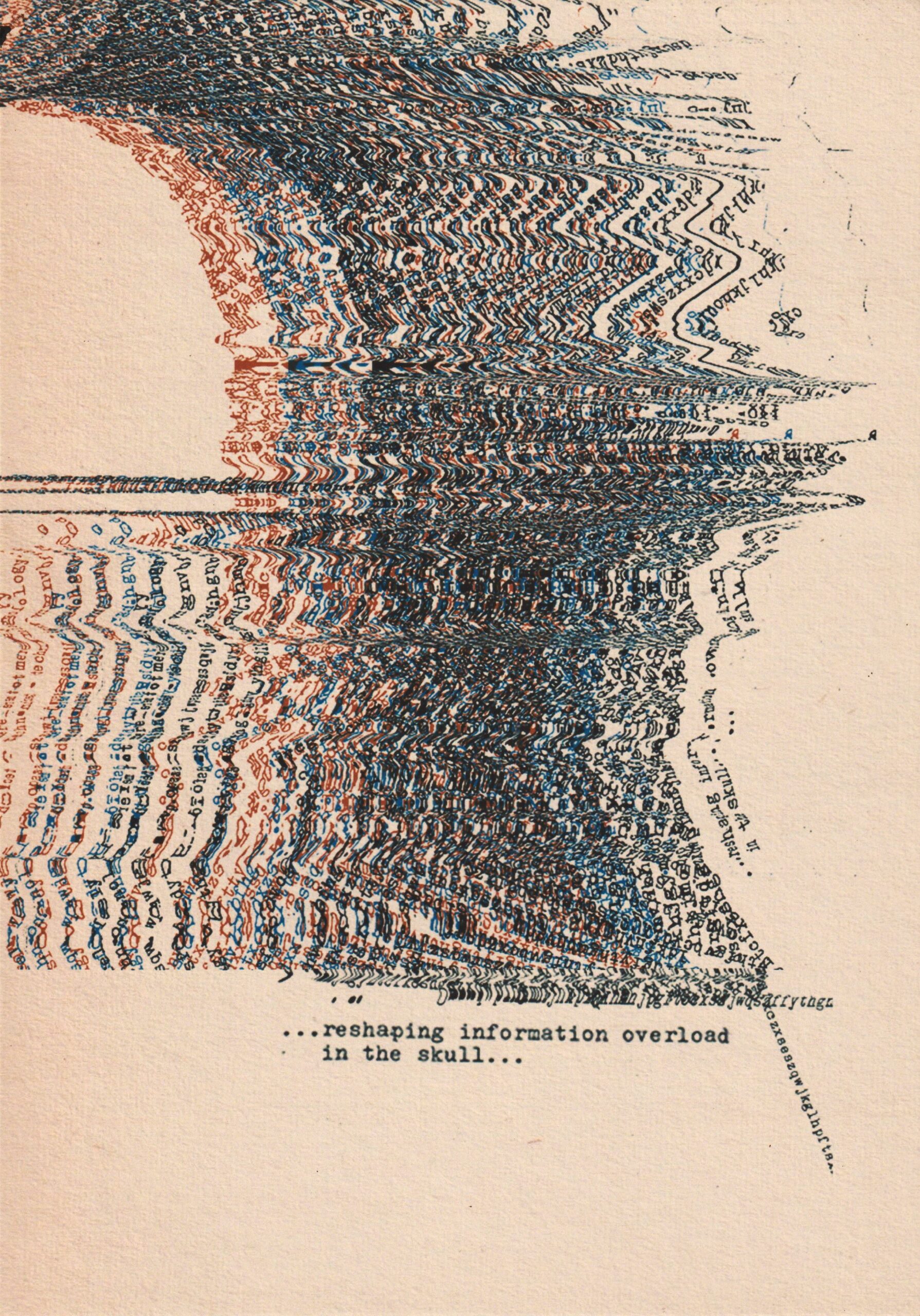

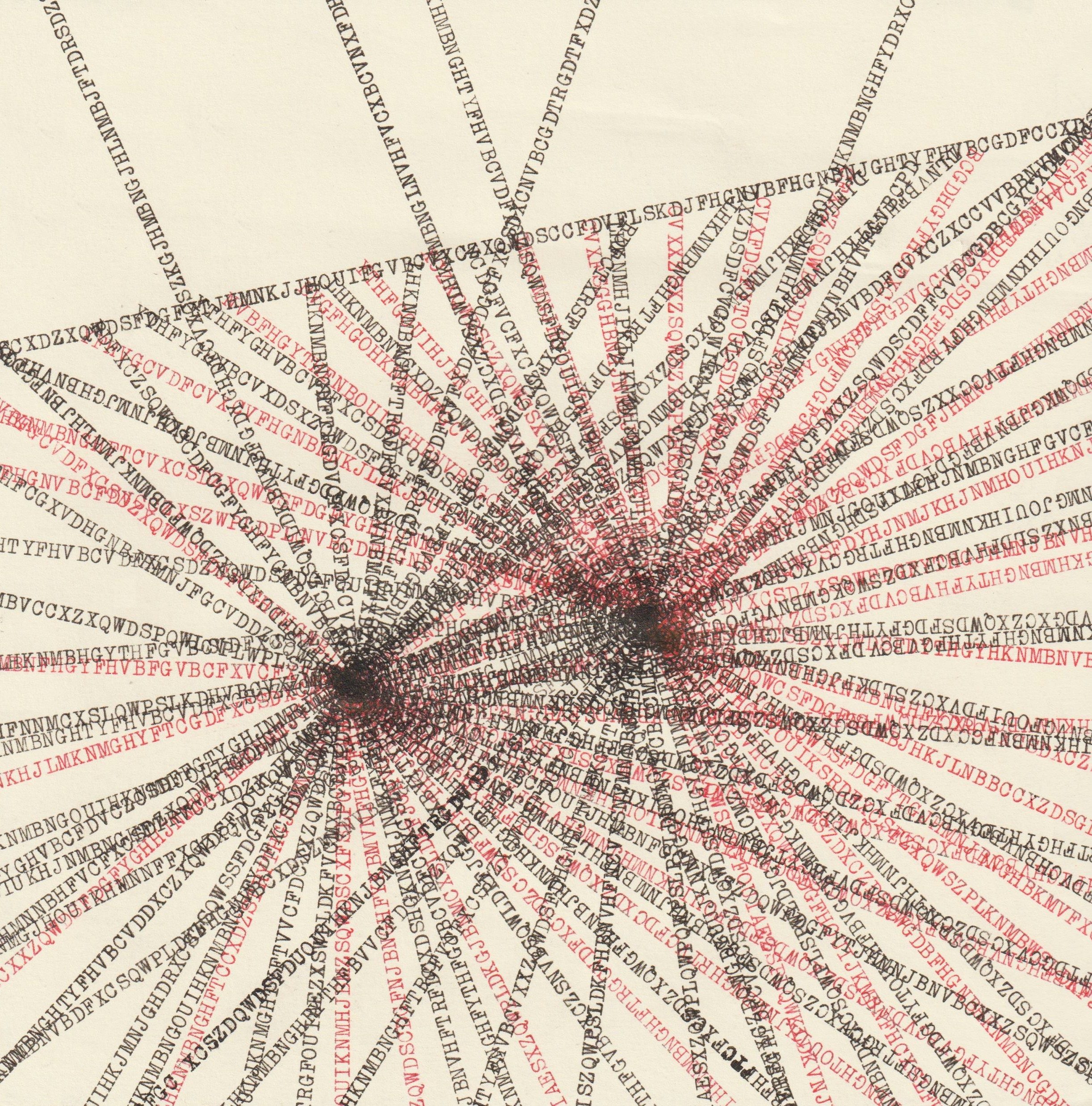

Typewriter works by Robin Tomens, 2024.
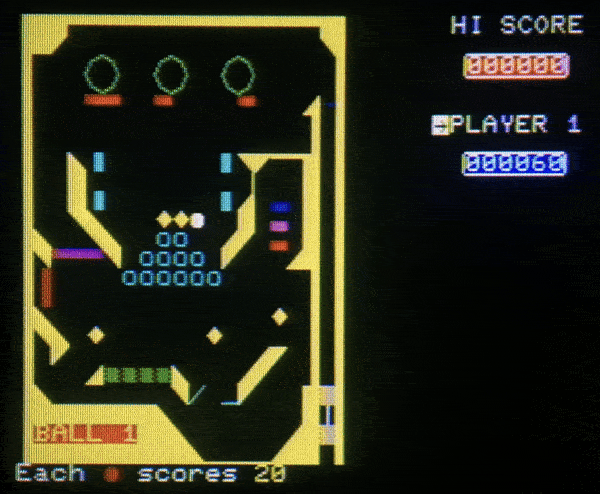
Very brutal pinball! Pinball King by Mike Shaw, an MZ-700 game published by Kuma in the 1980s, I suppose. via MZ Sharpworks


Prextend was an improvement of the graphics on Prestel. Colours and font size could now be changed without including an empty character (just like with Minitel/Antiope). via
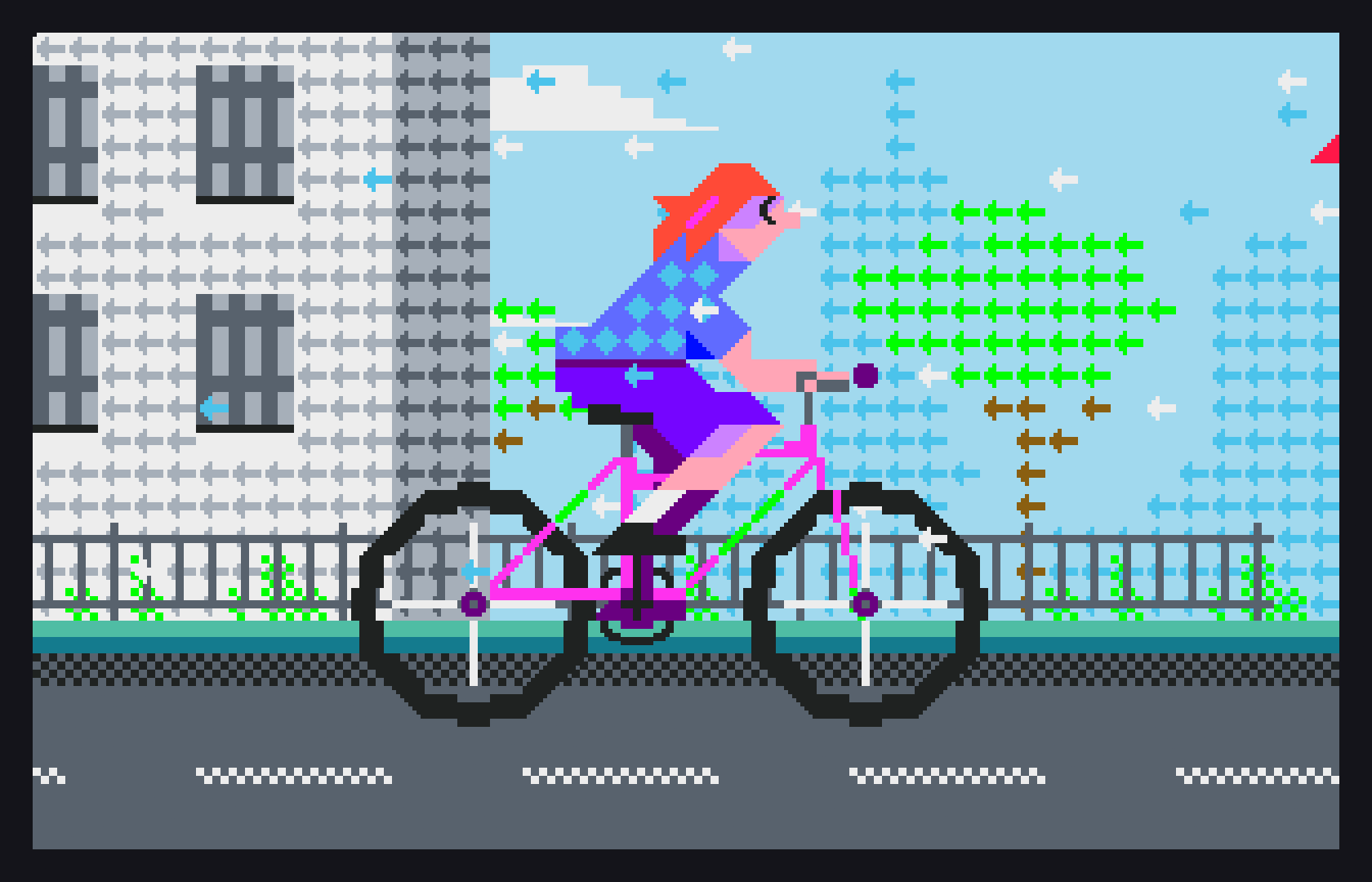


Retrogame Issues, a short film by Barcelona-based All In Pixel, 2023. It was made in lvllvl using PETSCII (and some other character sets in the face glitch animation).



Picture Prestel was an experimental feature of the videotex service Prestel. It was demonstrated in 1980, while Prestel was already struggling to attract users. Meanwhile, videotex inventions with better graphics started to emerge. Telidon and NAPLPS had vector graphics, Minitel had better textmode graphics, and CAPTAIN had photographics.
Picture Prestel was never really meant to be implemented, at least not until the end of the 80s.

